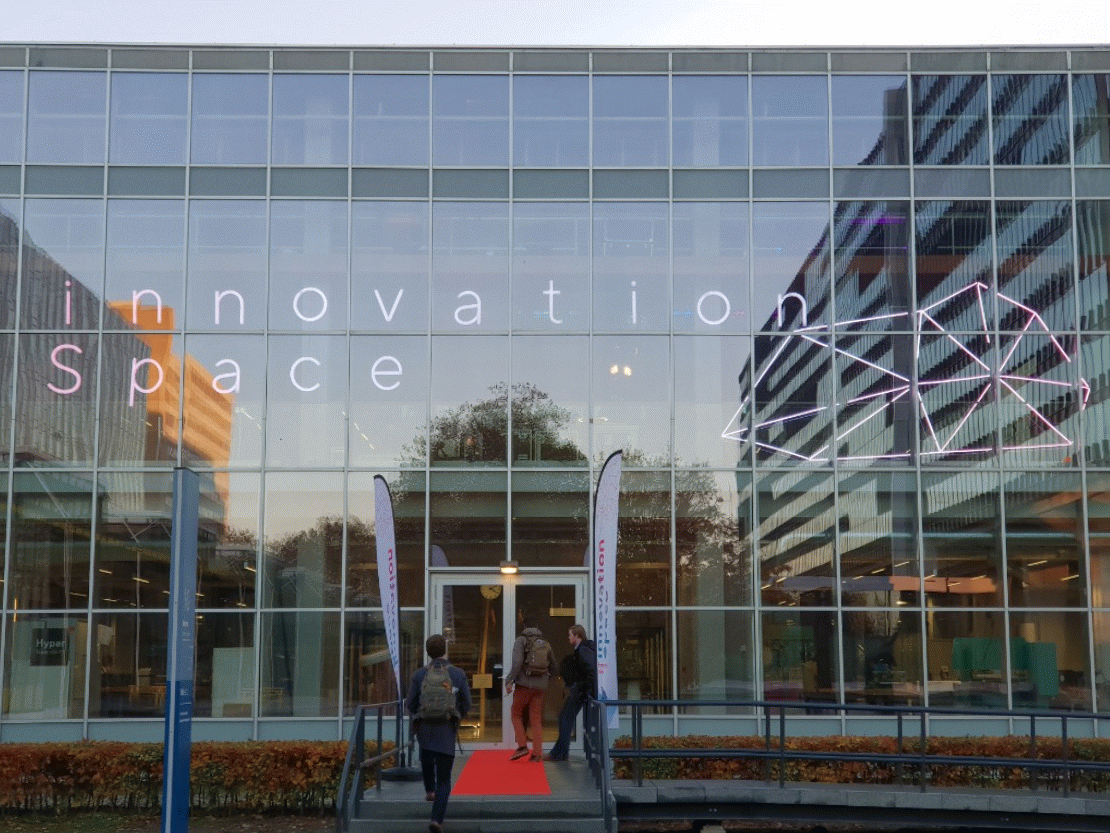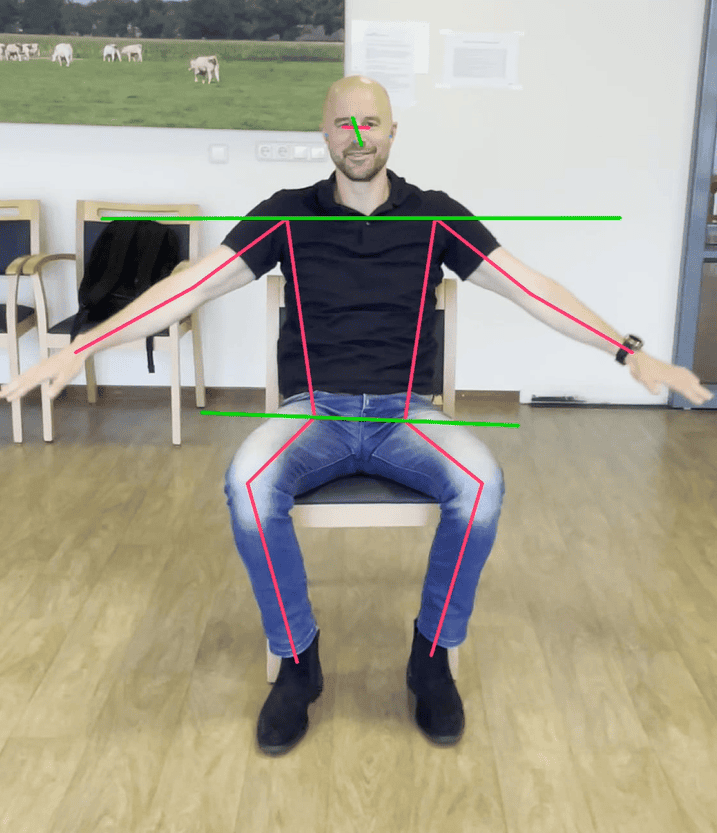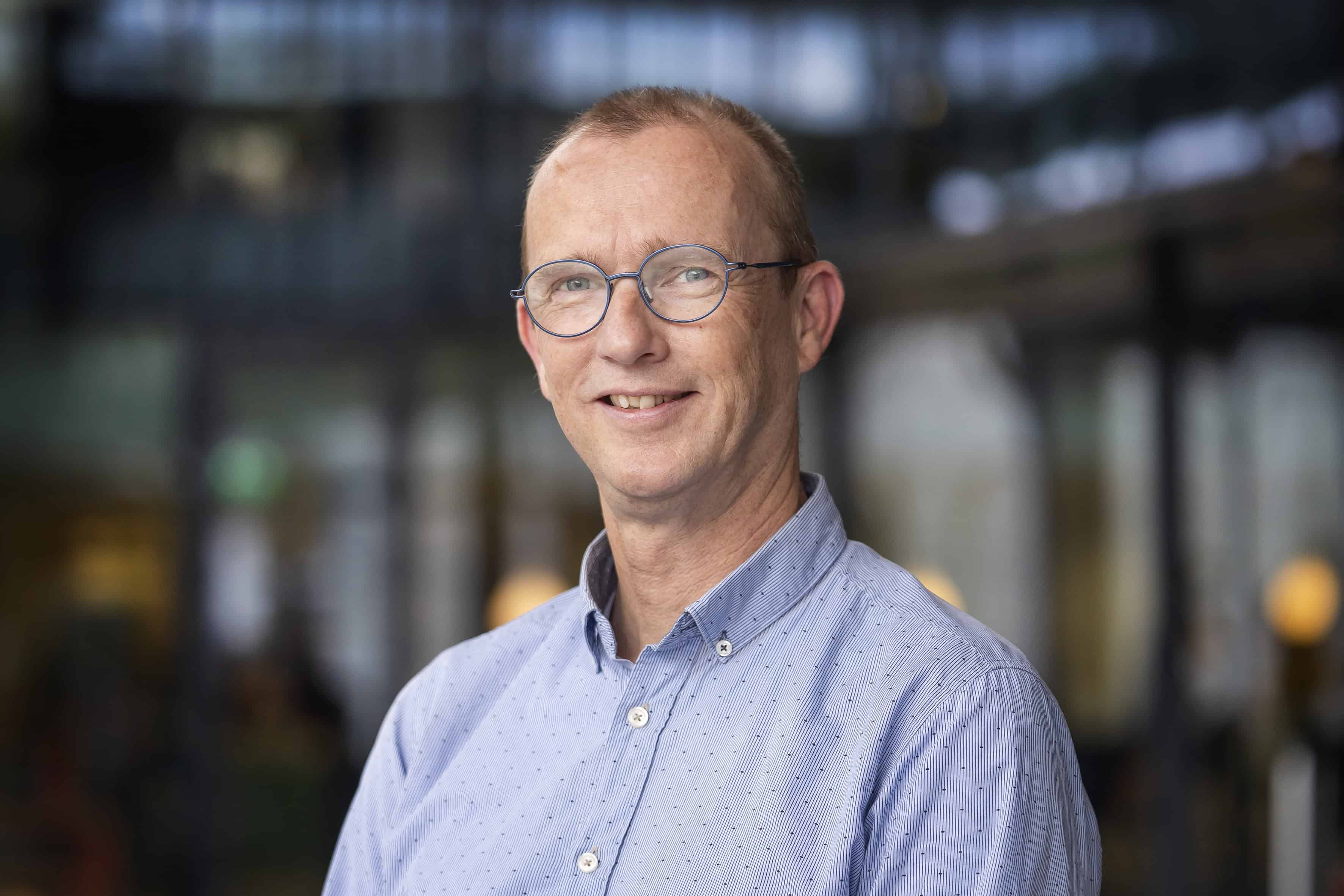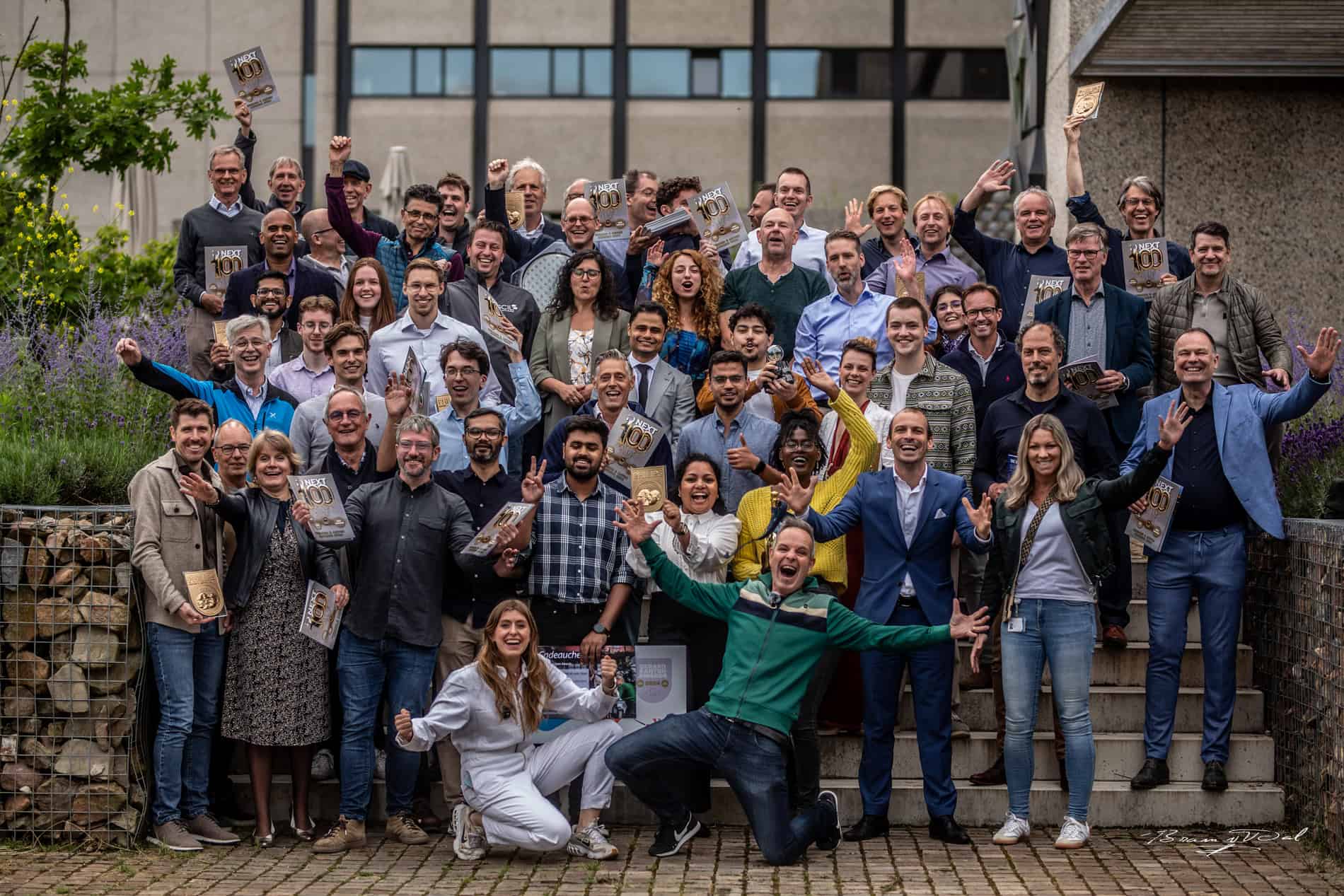
“At home I often did not do the physiotherapists’ exercises properly or even not at all sometimes. I forgot about them or had no motivation to start.” Industrial design student Cas van Grunsven noticed three years ago this problem that more people face. That’s why, together with fellow student Stijn Kamp from Eindhoven University of Technology (TU/e), he came up with a solution: sensors that keep an eye on how a patient recovers. They now jointly run a start-up, JimFIT, where they sell the sensors and associated software to all kinds of customers.
“Our customers are now mainly movement scientists who use the sensors to take readings in their research on runners,” says Van Grunsven. “But the medical application of the sensors for physiotherapists and in hospitals is our ultimate goal.” That’s getting closer and closer. A pilot will start in the Maxima Medical Center in a month’s time. “We are going to see how we can reduce the duration of treatment for patients with a broken wrist and the number of contact moments they need.” It is expected that the system will actually be in use in the hospital by the spring of 2020.
Real-time readings
The JimFIT sensor is attached to a strap. This JimNODE, as the sensor is called, can be worn by the patient in various places on the body. “For instance, if a patient has a wrist injury, she or he can wear a sensor on their hand or forearm,” explains Van Grunsven. The sensor measures its own movements in the room, the angle at which it is positioned and how fast it is moving.

Professionals can view the data in real-time in the accompanying app. “The software is able to calculate various things, such as the angle between the sensor on the hand and forearm. The program deduces the wrist position this way. If the patient does not bend or stretch the wrist far enough, the app indicates this immediately.” The app allows patients themselves and their doctors to keep a close eye on how well the treatment is going. The sensor can also be used e.g. for elbows and knees besides just the wrist.
Fewer checks
The upcoming pilot is focused entirely on wrist injuries. “People regularly break their wrists. In many cases they are then put in a plaster cast for a number of weeks. After that, they have to recuperate in order to be able to fully use their wrist again”, says Van Grunsven. “During such a process, there are various contact moments with a doctor. Initially the doctor sets up a plan, then there are a number of check-ups and finally the doctor checks whether the wrist has properly recovered enough. The entrepreneur states that the check-up visits can be replaced by sensor readings. As a result, the patient does not have to go to the hospital as often.
“The doctor will then be able to view the progress of the treatment in the app and give tips on how to carry out the exercises.” This ensures that patients are monitored just as well or even better than during a regular check-up at the hospital. “It may even speed up recovery because patients are more likely to do the exercises and get more feedback on these.”
Preventing injuries
These measurements can go one step further. “When you know the weight and height of a patient, you will be able to use a sensor on their ankles in order to determine how many knocks someone gets on their ankles,” he explains. “This is especially useful for athletes. For example, basketball players frequently have ankle injuries because they are often jumping on a hard surface.” After an injury, the trainer is able to use the sensors to check whether the training is not too heavy. Additionally, it can also serve as a preventive measure so as to ensure that an athlete does not suffer a further injury.
Helping a lot of patients faster and more effectively
For Van Grunsven, the medical application of the sensors is his number one priority. “Our goal is to make it faster, easier and more painless for patients to recover,” he says. “A patient regularly experiences pain during treatment. This often results in the patient no longer doing their exercises. On the other hand, patients sometimes start to exercise very fanatically in the hope that the injury will then be gone sooner.” Both reactions are not good for recovery. The software recognizes these behaviors so that the doctor may intervene in the treatment. “This may help many patients with different types of complaints faster and more effectively.”
Alongside this goal, the entrepreneurs are continuing to look for new applications for their sensors. They are collaborating with TU/e innovation Space and STARTUP/Eindhoven. “At TU/e innovation Space, we have a workspace where we also get advice on a variety of matters. For example, we have had support with the drawing up of a financial plan.” As well as that, the organization offers them access to a large network of professionals and other start-ups. “Other start-ups help us and we also help others with the knowledge we have already gained. That’s nice to see.” Entrepreneurship, according to the students, is getting better and better. Although developing the technology for the best treatment of patients remains their passion.








